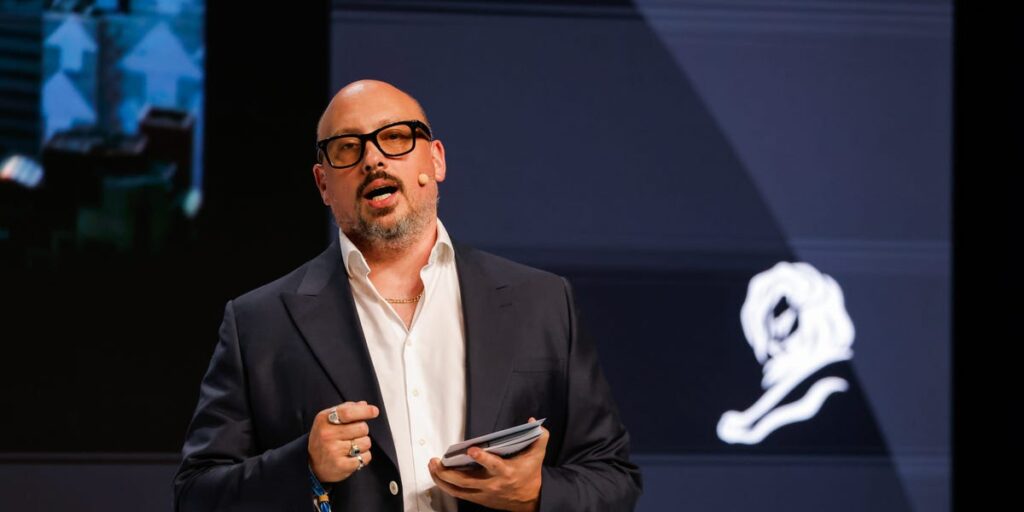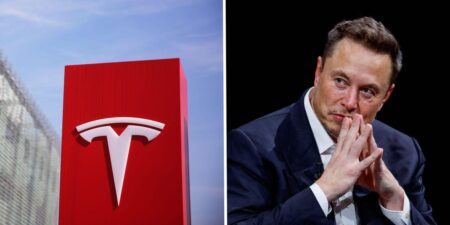Artificial intelligence will likely destroy some jobs — and create some new ones. Whether that nets out to a head count reduction or an increase at any given company ultimately boils down to a few factors, Meta’s CMO says.
Alex Schultz has worked at Meta for almost two decades, starting at Facebook as an analyst and working his way up to chief marketing officer. The company has undergone significant changes over the years, from a pandemic-era hiring boom to layoffs during Mark Zuckerberg’s “year of efficiency” and, most recently, a costly AI poaching spree.
On “The A16z Podcast,” Schultz said that there were three factors determining whether AI would cause companies to grow or shrink their workforce.
First, Schultz said that AI would enable workers to perform existing tasks more efficiently — something that could lead to a company’s headcount shrinking.
“Existing stuff is going to be done more efficiently with AI as it exists today,” Schultz said. “A lot of stuff can be automated, a lot of stuff can be done more efficiently. So that work, there will be less of it.”
There are already signs of that playing out at some major tech giants. In June, Amazon CEO Andy Jassy said that he expected AI efficiency gains to reduce the company’s corporate workforce.
These AI efficiency cuts are leading to what some refer to as the “Great Shrinking.”
On the other side of the equation are work-creating possibilities from AI advancements. Schultz’s second factor is the creation of work that was previously unimaginable.
“Things that literally weren’t possible before will become possible,” he said. “That can open up a lot more jobs.”
Schultz used the example of “semantic understanding of content,” which bettered content ranking and could not exist without AI.
A handful of previously unheard-of job titles have emerged from the AI boom. AI trainers are earning lucrative contracts, while prompt engineers are discerning the best ways to interact with AI. Some companies are hiring guidance positions to vet AI vendors and explain tools to the workforce.
Schultz’s third factor surrounds cost-prohibitive work. AI may open up the possibility for these new projects.
“Things that were possible, but just were really effing expensive, suddenly become over the threshold of reasonable to do,” he said.
Schultz uses the example of support chatbots. Before, you could have built a customer support bot, Schultz said, but it was “prohibitively expensive.” Now, AI can do it — and people can build the system, creating new work.
How it ultimately shakes out at a company comes down to the result of that equation. Will the head count shrinkage from efficiency gains outweigh the growth from new (or newly affordable) work growth? Answering that will determine the labor outcomes, Schultz said.
That is, if artificial general intelligence (AGI) doesn’t come first, which Schultz said would disrupt the full equation.
“It depends how weird you think it’s going to get,” he said.
Read the full article here















